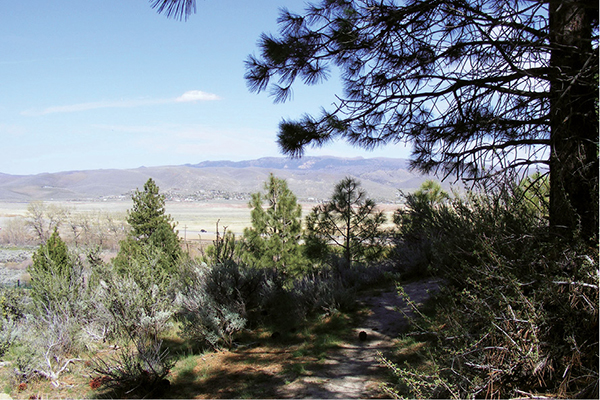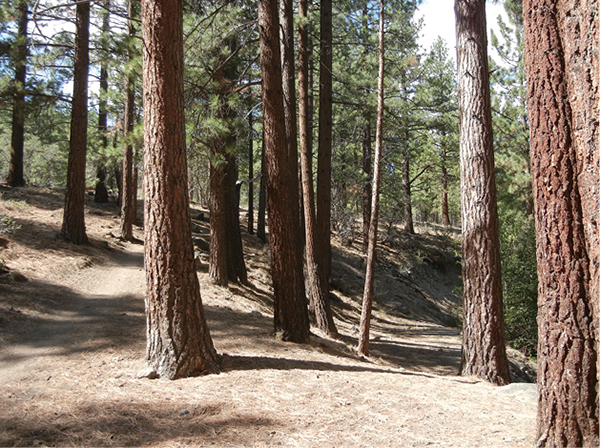CARSON CITY AND BEYOND

Looking out across the Washoe Valley from Davis Creek Regional Park
CARSON CITY AND BEYOND

Looking out across the Washoe Valley from Davis Creek Regional Park
Nevada’s capital city is located just about 30 miles south of Reno—little more than a half an hour via I-580—but in atmosphere and setting, it seems much farther afield. The Carson River valley, also called the Eagle Valley, is narrower than the Truckee Meadows, and the city itself is smaller and has a more historic feel.
Long inhabited by the Washoe Indians, the valley’s modern origins date back to emigrant days, when a settlement was established along Carson River as a stopover for travelers on the last leg of the California Trail. The city’s pioneering origins are reflected in its very name; mountain man Kit Carson is the namesake. Discovery of the Comstock Lode in the nearby Virginia Range, and the subsequent influx of miners and those who provided goods and services to them, resulted in a boom for Carson City. Even more prosperity flowed the city’s way with the building of the Virginia & Truckee Railroad, also serving the mines, and with the building of flumes, which spilled timber down the eastern slope of the Sierra from Spooner Summit on the rim of the Lake Tahoe basin into the city. It has been the state capital since Nevada entered the Union in 1864.
At more than 4,600 feet above sea level, and located in the rain shadow of the Sierra, the climate of Carson City and the Eagle Valley is similar to that of Reno, with hot summers and freezing winters accompanied by minimal rain and snowfall. On the valley floor and the lower slopes of the Sierra, a high desert scrub flourishes; the higher you climb, the more wooded the terrain, until you reach the barren summits of the peaks that dominate the city’s backdrop, including Jobs Peak, backed by Jobs Sister and Freel Peak, the highest summit on the rim of the Lake Tahoe basin, as well as Monument Peak, East Peak, and Genoa Peak closer to town.
Trails in the Carson River valley range from paved routes through city neighborhoods to explorations of the dry hills on the east side of the valley to the Fay-Luther trail system, which reaches into the wilderness surrounding Jobs Peak.

Yellow pines are an indicator species for the lower montane ecosystem, which sprawls along the mountain front up to about the 7,000-foot level.